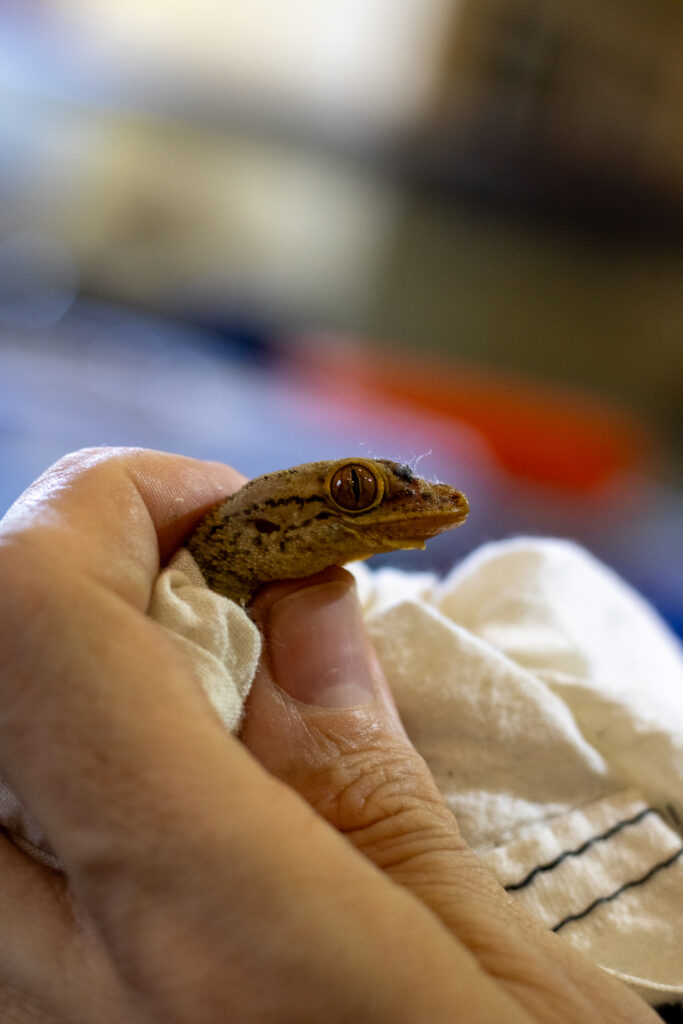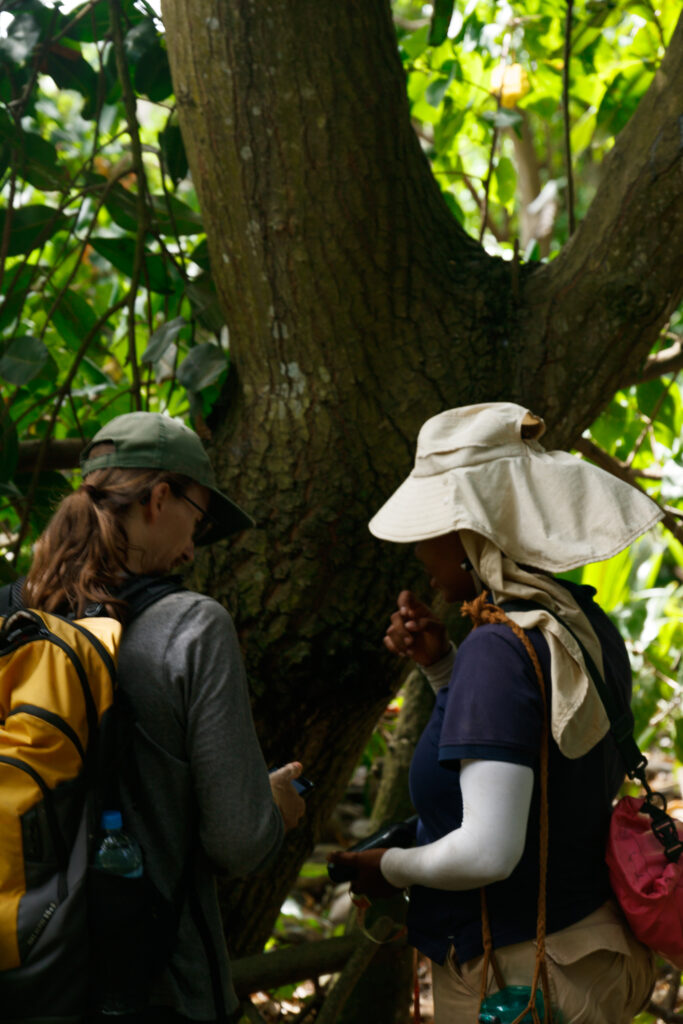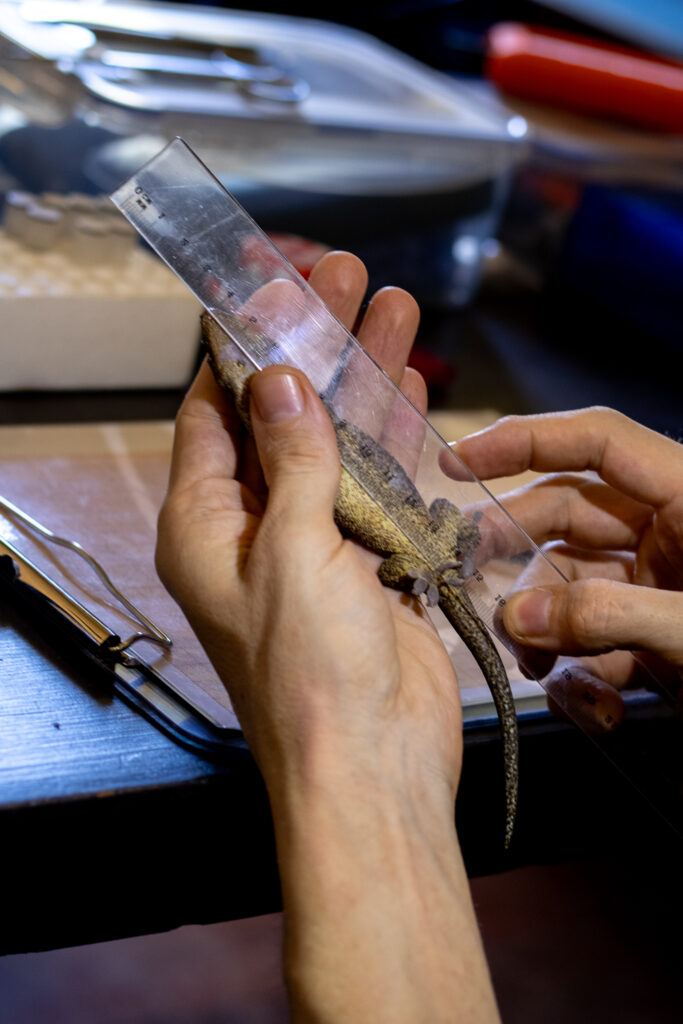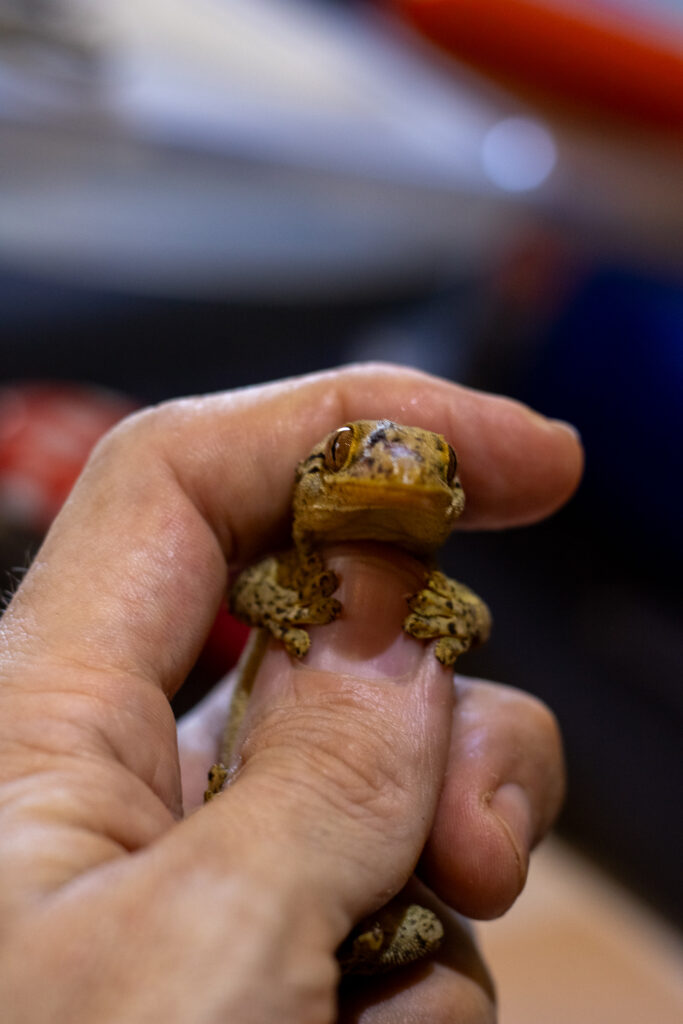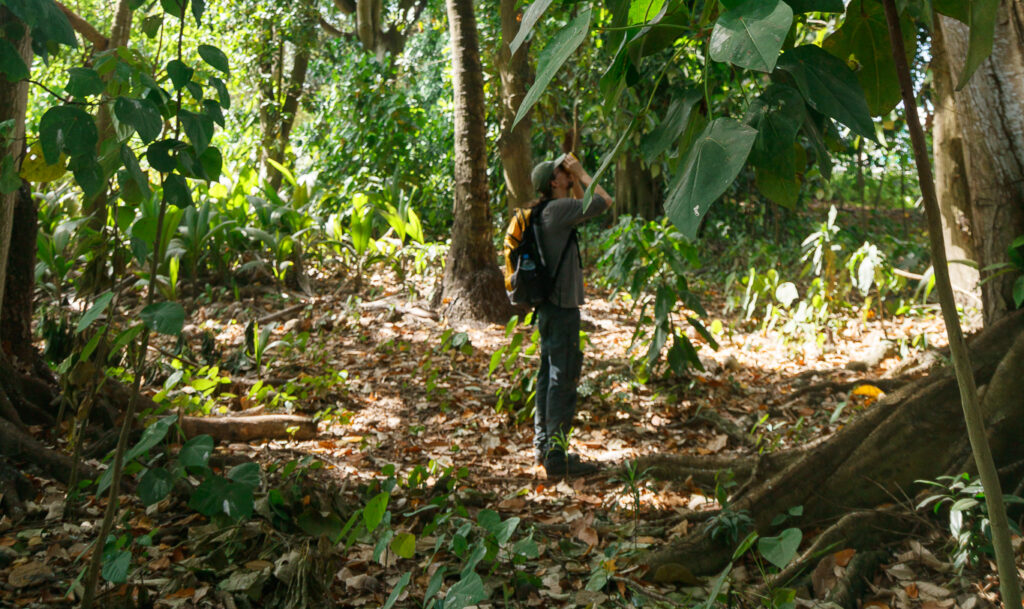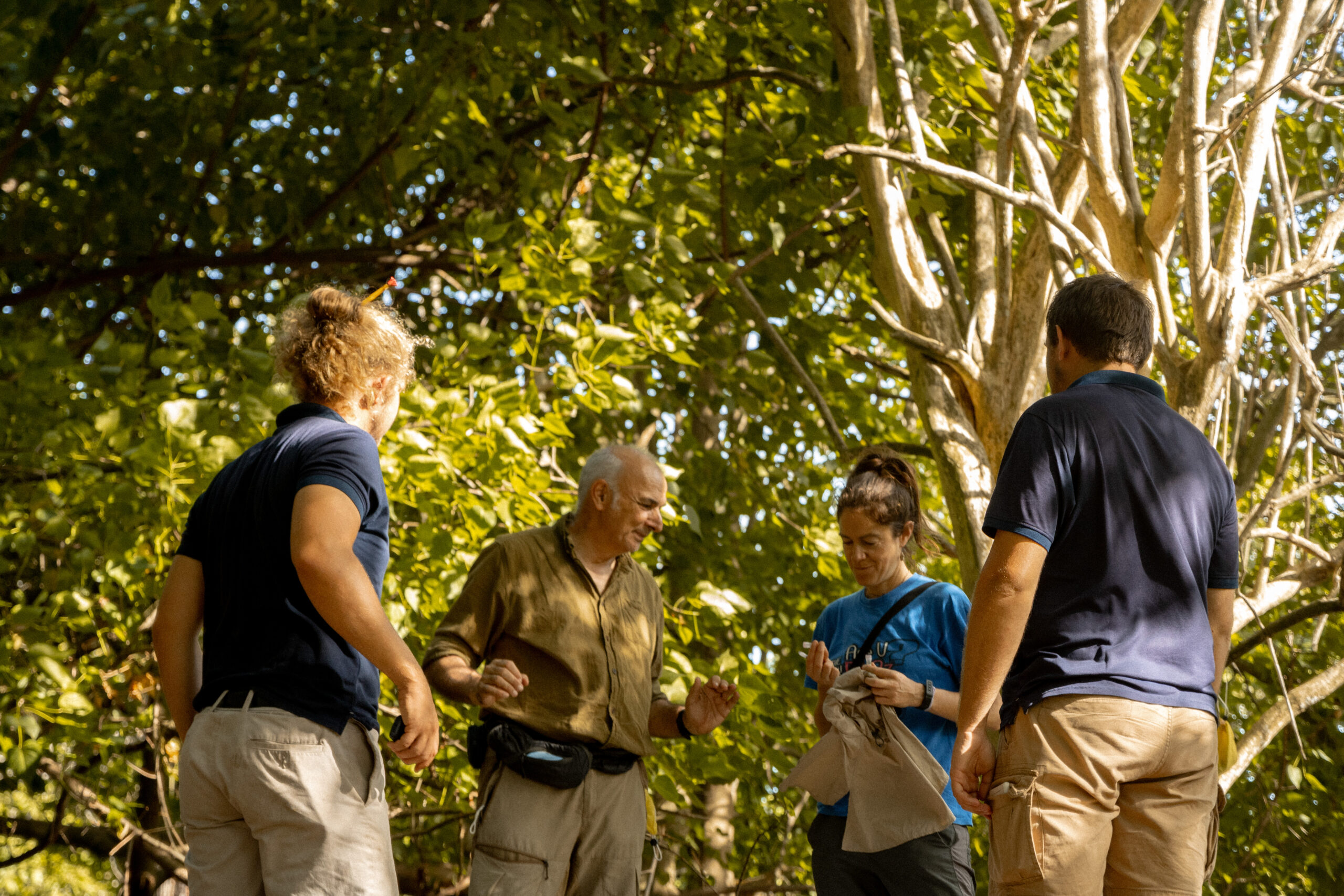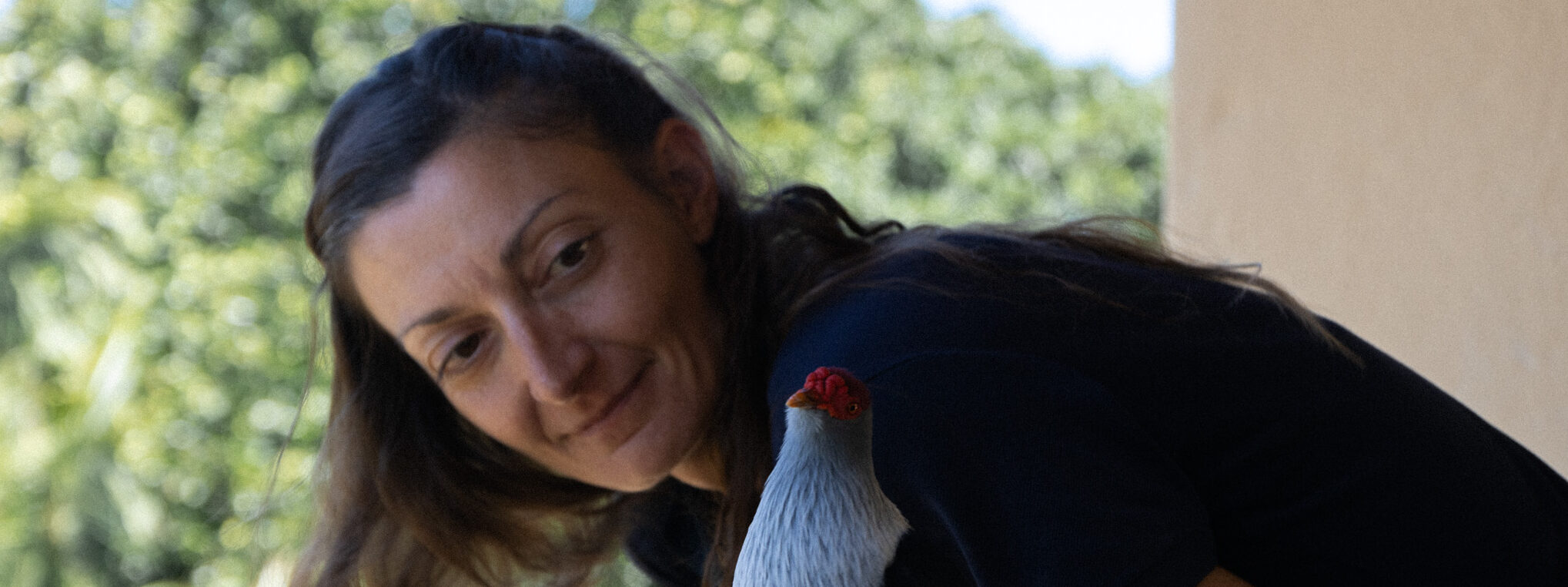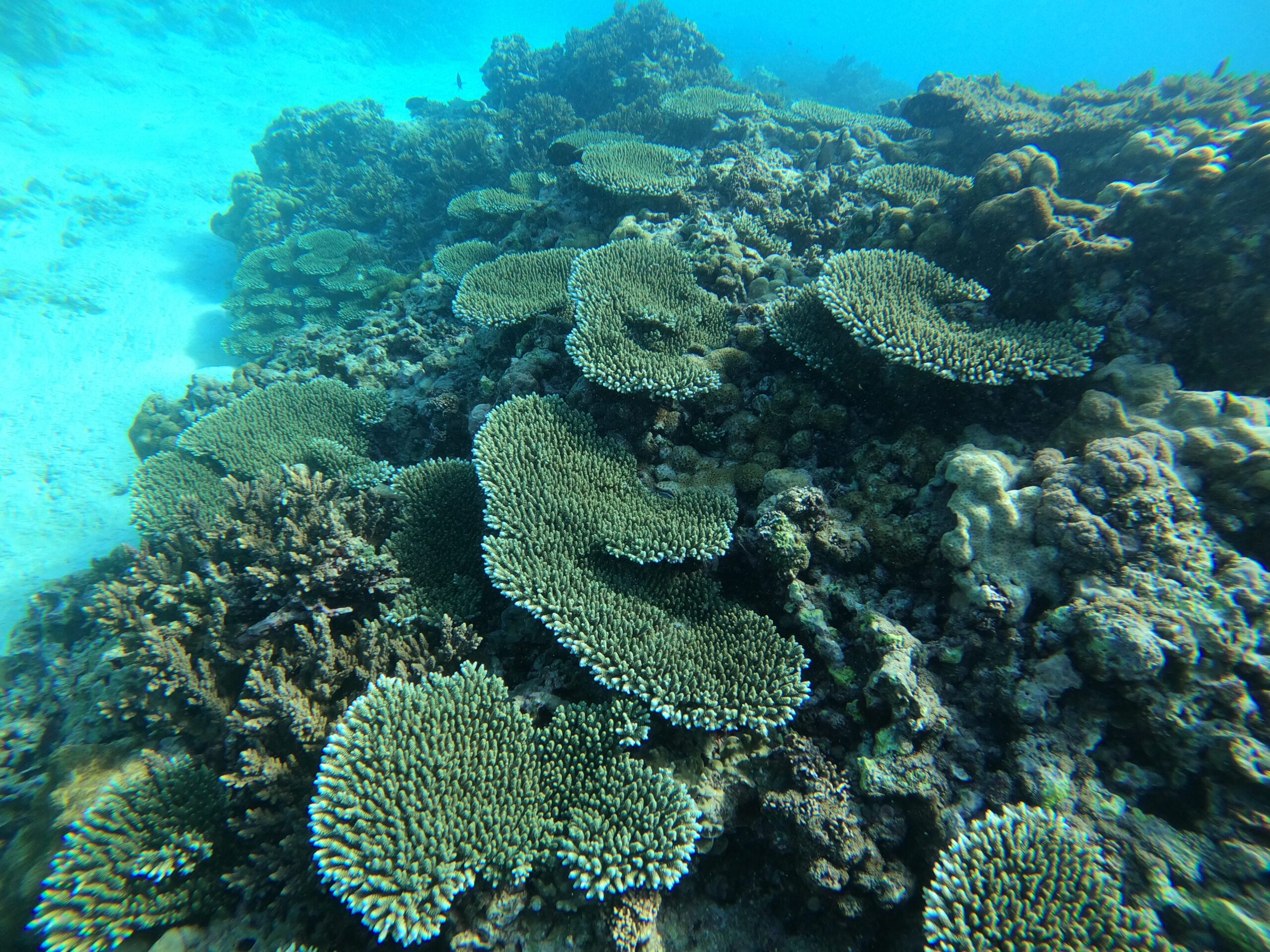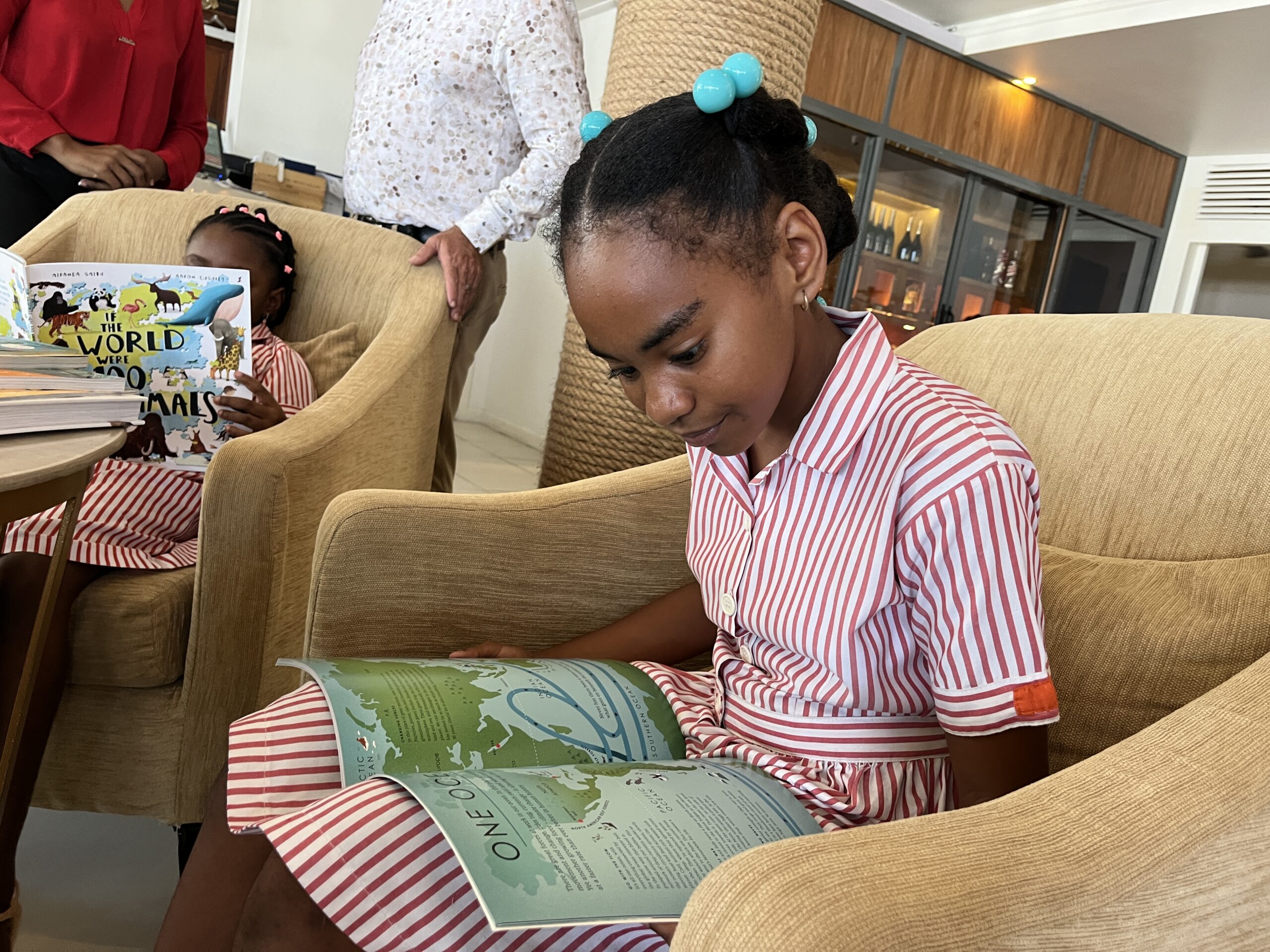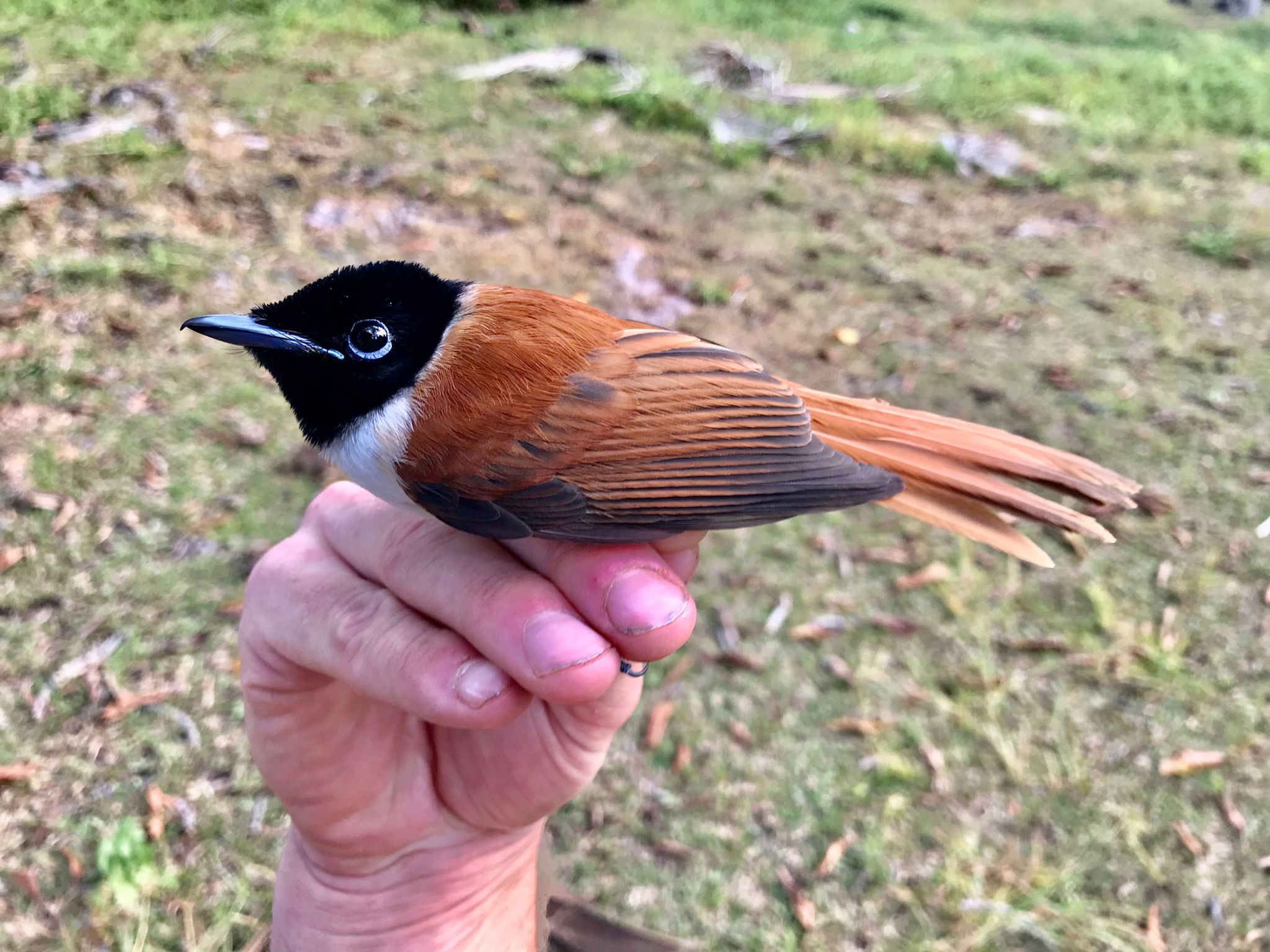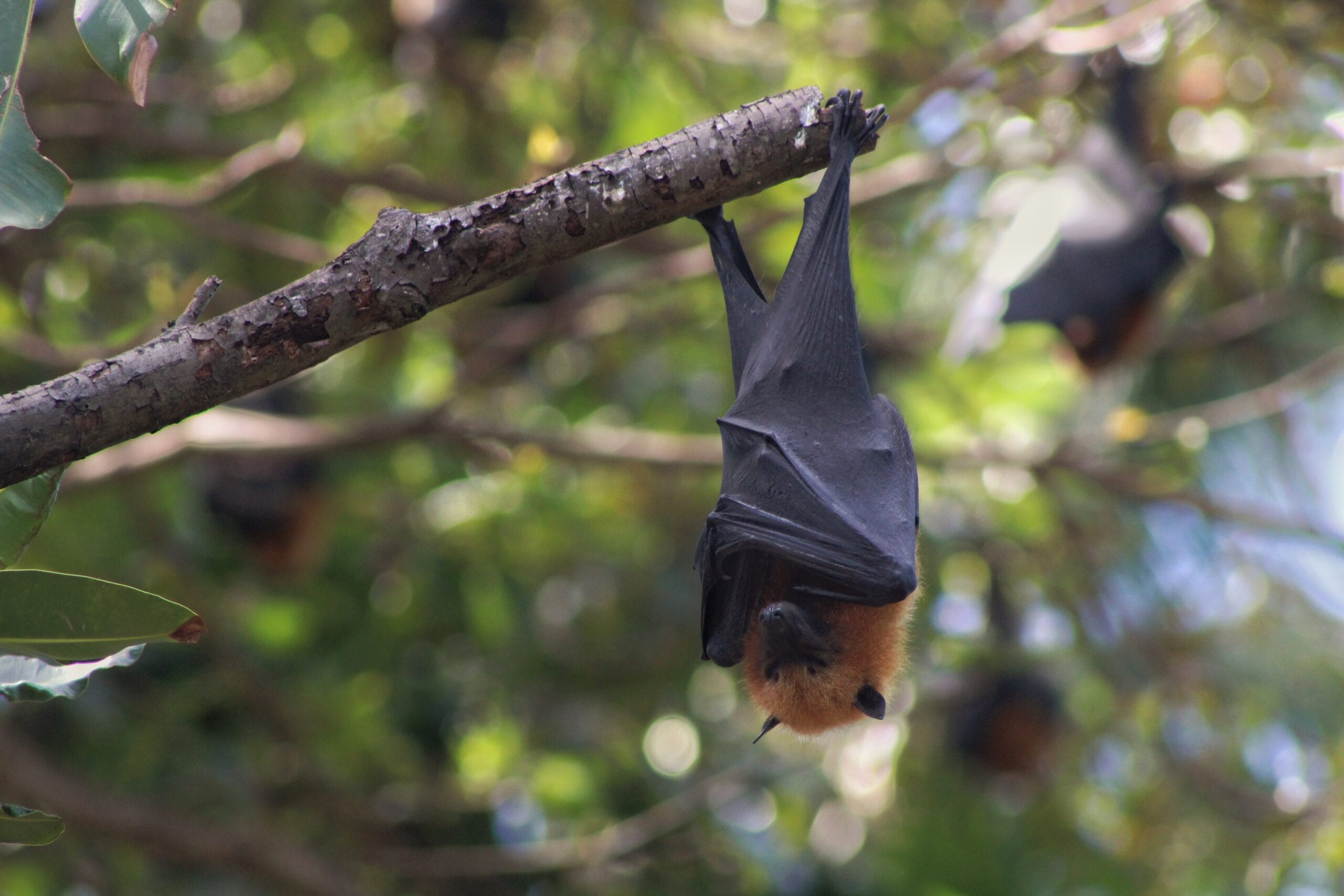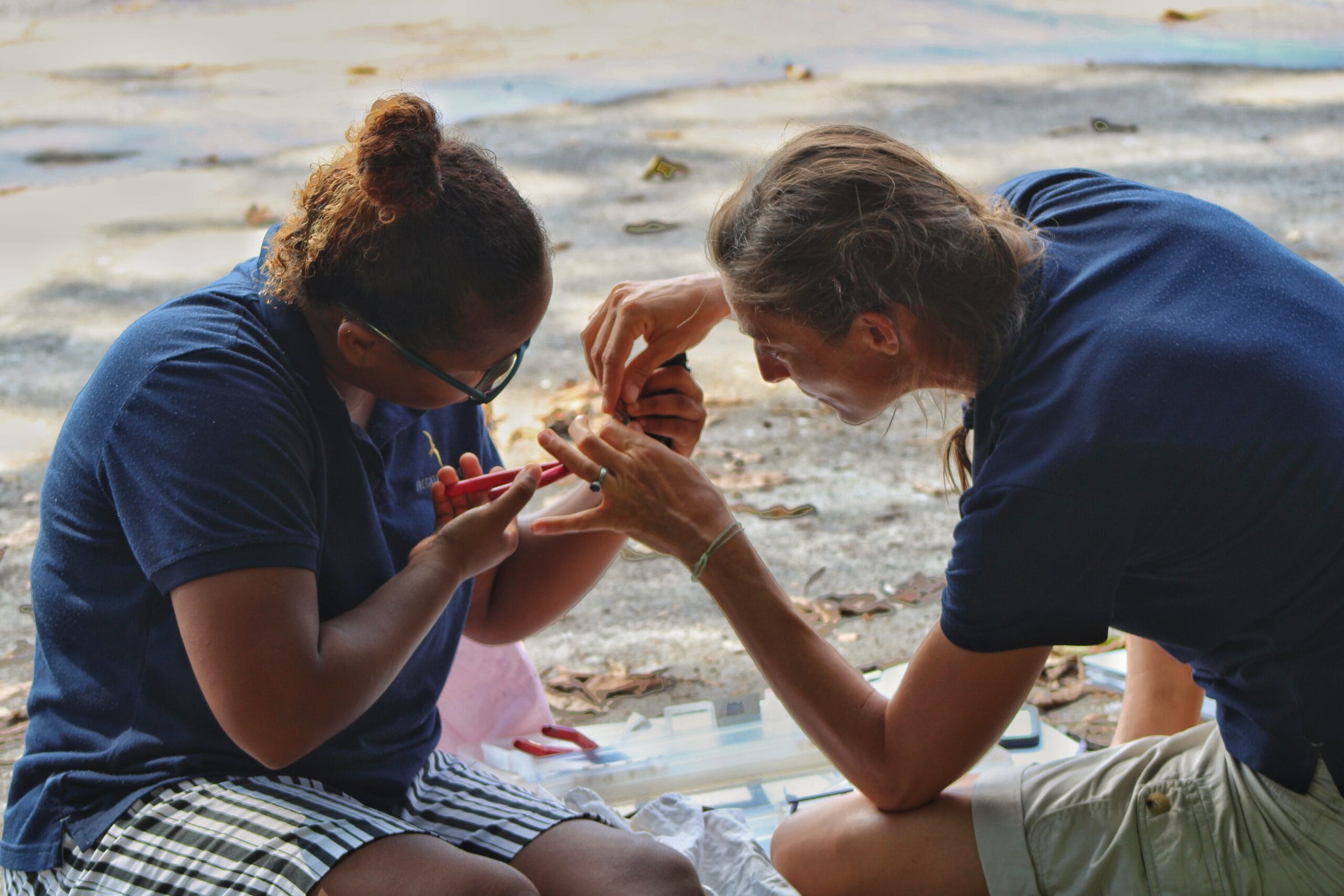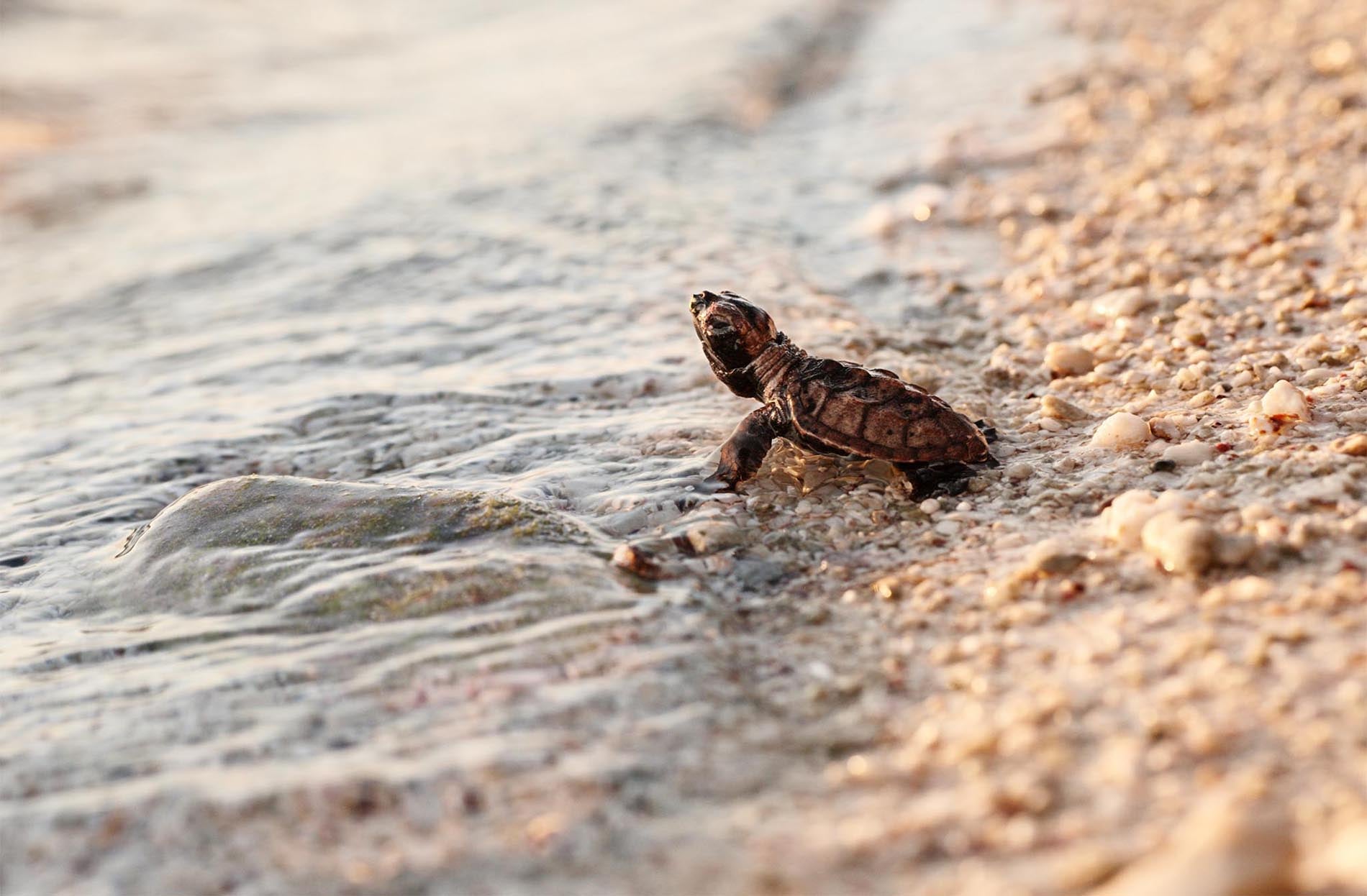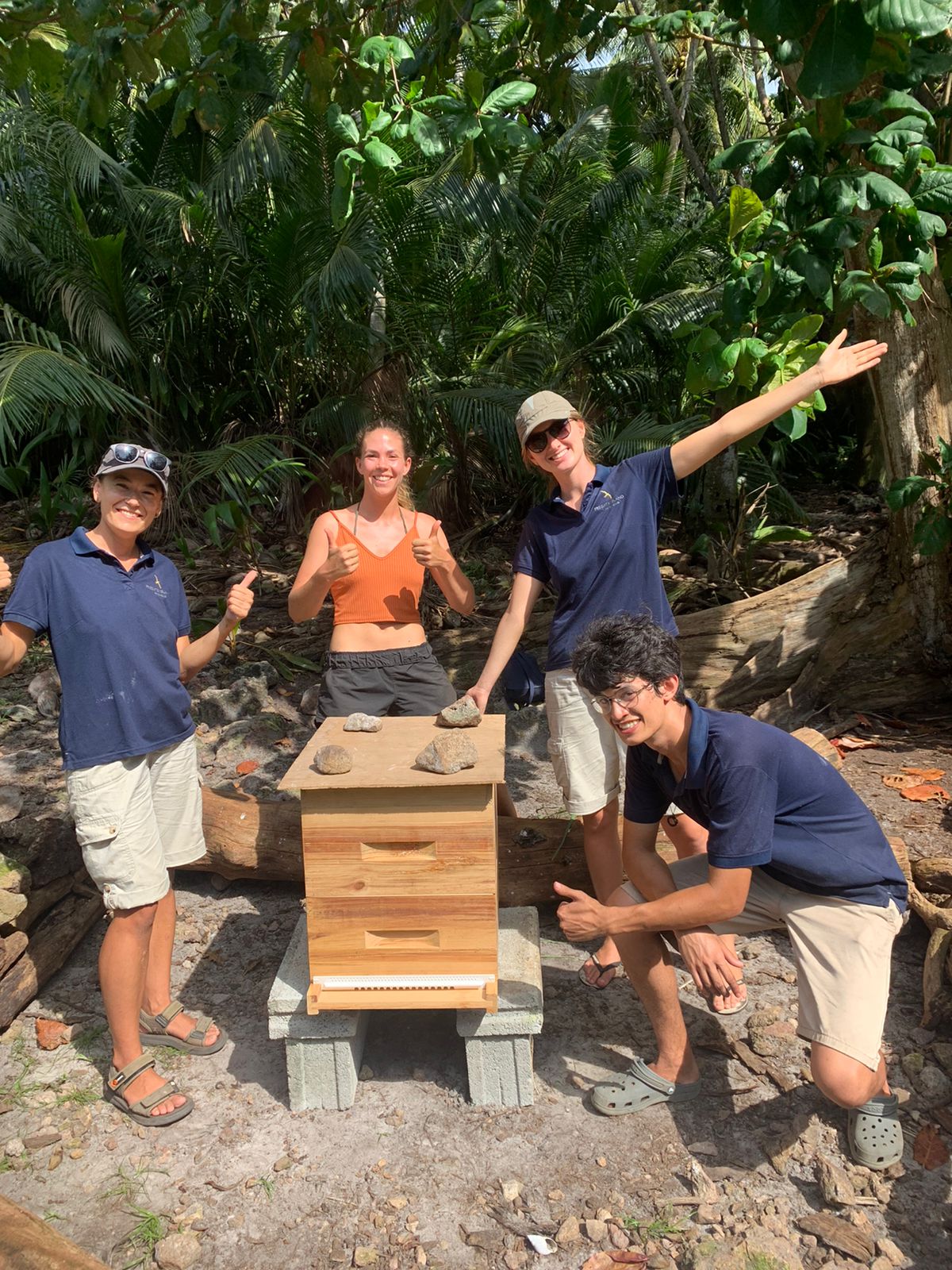Fregate Island: Supporting the Seychelles Bronze Eye Gecko Research
Fregate Island: Supporting the Seychelles Bronze Eye Gecko Research
Did you know that Seychelles Bronze Eye Geckos shed their skin to escape predators and that their toe pads enable them to walk on vertical surfaces with ease?
All these facts were shared by Markus Roesch, a dedicated PhD student from the Applied Phylogenetics Group at the University of Porto, Portugal.
Markus came to the Seychelles to pursue research that focuses on studying the population genetics and ecology of Seychelles Bronze Eye Geckos, endemic to the Seychelles islands. Despite their widespread presence, little is known about these geckos. Markus aims to address key questions regarding their distribution, population size, microhabitat use, and ecological role.
Fieldwork Collaboration
The conservation team at Fregate Island joined Markus in setting up transects across different habitats, employing area searches to detect geckos. Using a survey protocol tailored for microhabitat use, Markus taught the team how to collect data on substrate type, height, and activity of the geckos. This detailed data will provide valuable insights into their habitat preferences and behavior.
Conservation Significance
This research holds great significance in guiding conservation actions for Seychelles Bronze Eye Geckos, which face threats from habitat loss and invasive species. By understanding their ecology and population dynamics, Markus’s work will contribute to their preservation and protection.
First Insight
After recounting the highlights of the first fieldwork on Fregate Island, Markus expressed his impression of the abundance of geckos and other wildlife, as well as his gratitude for the invaluable support from the conservation team.
Nature is full of mysteries, and Markus’s study of Seychelles Bronze Eye Geckos exemplifies our duty to protect it by contributing to conservation efforts and preserving our planet’s wonders.
